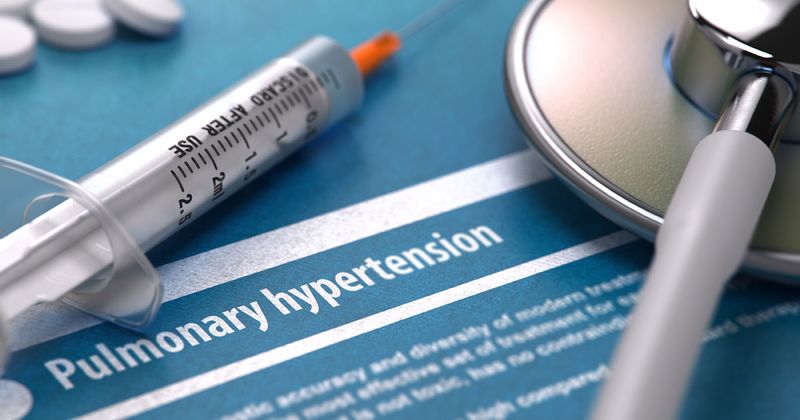Pulmonary endarterectomy improves outcomes in patients with CTEPH
Patient-reported outcomes significantly improved after pulmonary endarterectomy in patients with chronic thromboembolic pulmonary hypertension, or CTEPH, according to results published in the European Respiratory Journal.
“Treatment options for managing CTEPH have broadened to include pulmonary endarterectomy, balloon pulmonary angioplasty, riociguat (Adempas, Bayer) and medical therapies for pulmonary arterial hypertension used off-label,” Michael Newnham, MD, respiratory clinical lecturer at the Institute of Applied Health Research at the University of Birmingham, U.K., and colleagues wrote. “Current and future clinical trials will assess combination treatments, particularly for residual pulmonary hypertension post-pulmonary endarterectomy. Therefore, there is an increasing need for robust outcome measures that patients deem important, including patient-reported outcomes in CTEPH clinical trials.”

Researchers conducted a retrospective observational study of 1,324 patients with CTEPH (mean age, 61 years; 46.8% women) undergoing pulmonary endarterectomy from 2006 to 2017 at Royal Papworth Hospital in Cambridge. Change in the Cambridge Pulmonary Hypertension Outcome Review (CAMPHOR) score was assessed from baseline up to 5 years after pulmonary endarterectomy.
CAMPHOR scores were compared between patients with and without clinically significantly residual pulmonary hypertension and patients undergoing pulmonary endarterectomy and propensity-matched patients with CTEPH who did not have the operation.
Of 1,324 patients with CTEPH who underwent pulmonary endarterectomy, 1,053 (80%) had a recorded CAMPHOR score before the operation, 934 (71%) had a score recorded within a year of the operation and 784 (60%) had both.
Researchers observed improvements between pre- and post-pulmonary endarterectomy in all CAMPHOR domains such as activity, quality of life and symptoms (P < .00001). CAMPHOR score improvements were greater and more sustained in patients without clinically significant residual pulmonary hypertension. CAMPHOR scores were better in patients with CTEPH undergoing pulmonary endarterectomy compared with patients who did not have the operation.
The minimally clinically important difference in CAMPHOR score was –3 for activity, –4 for quality of life and –6 for symptoms, according to the researchers.
“[These results provide] a benchmark against which future therapeutic interventions can be assessed and patient-reported outcomes should be utilized more widely in future CTEPH studies,” the researchers wrote.
